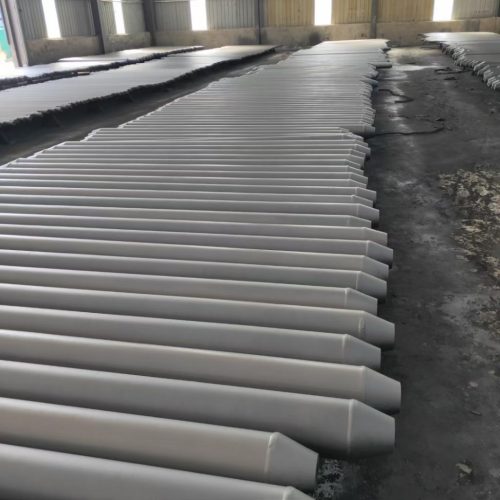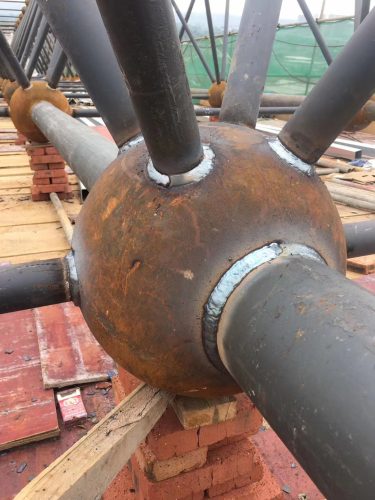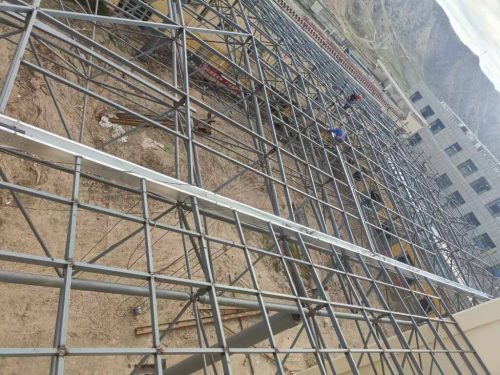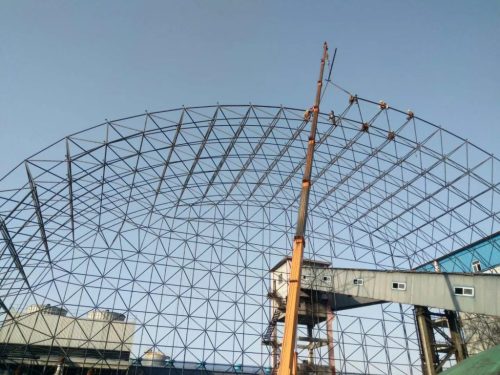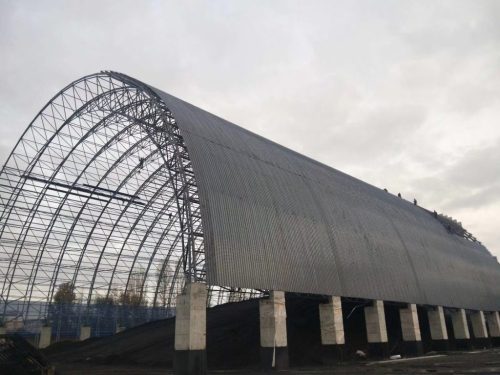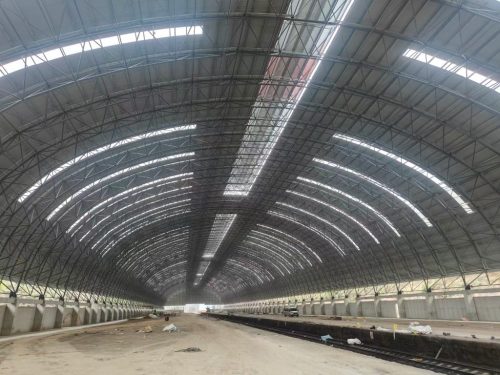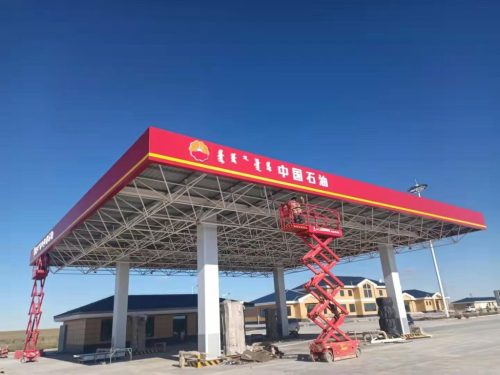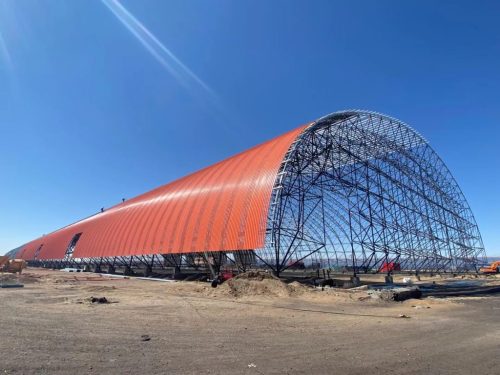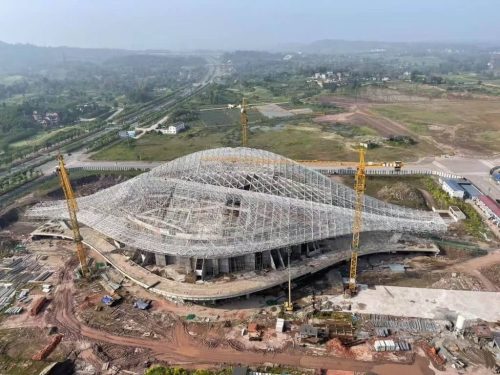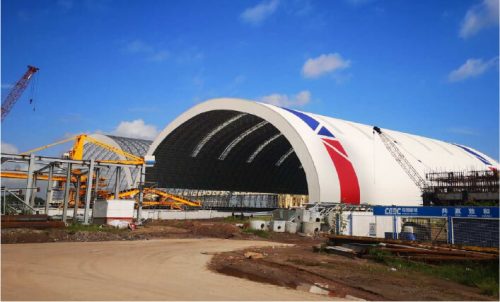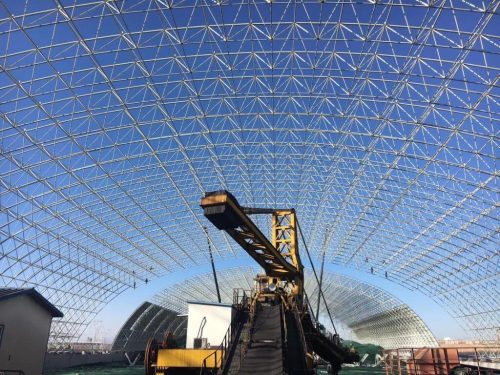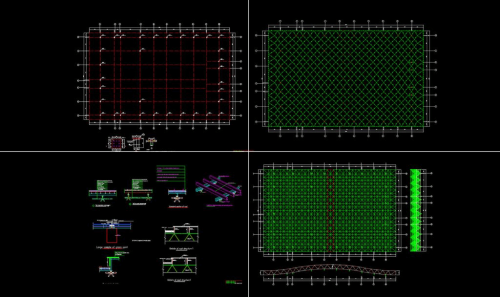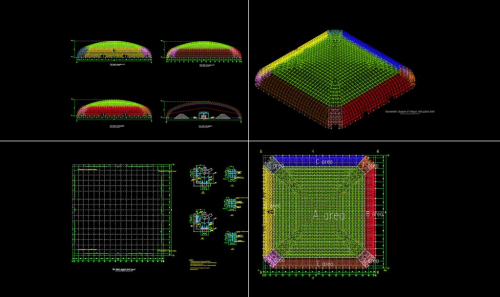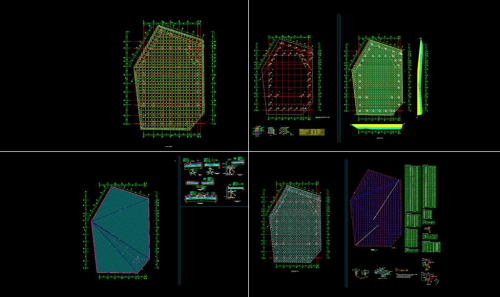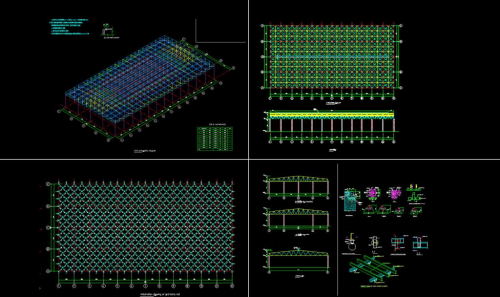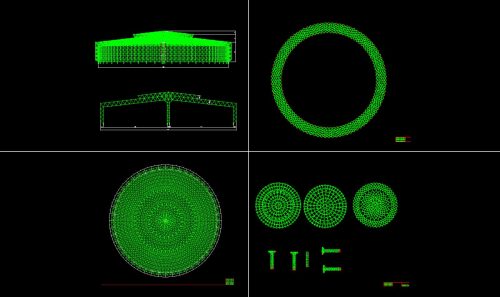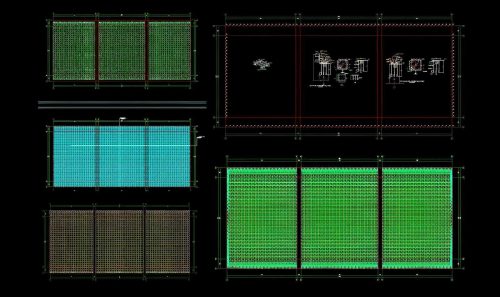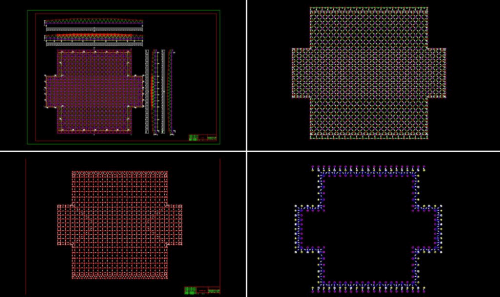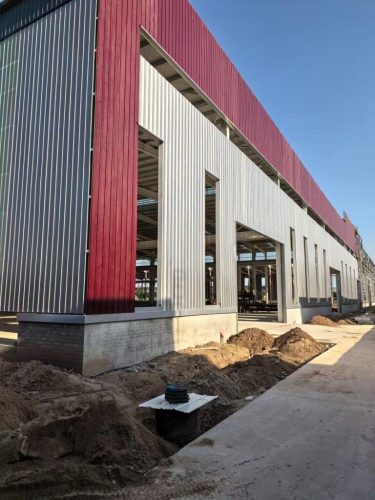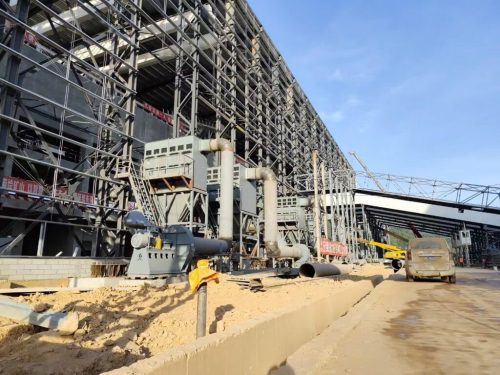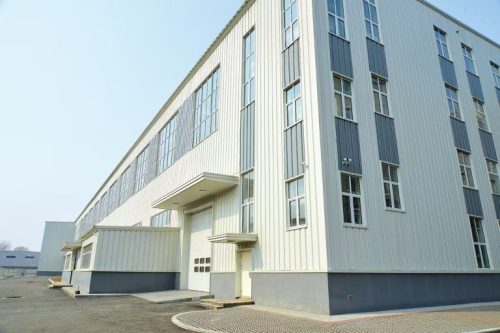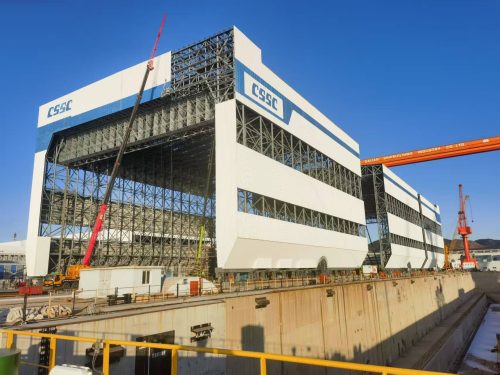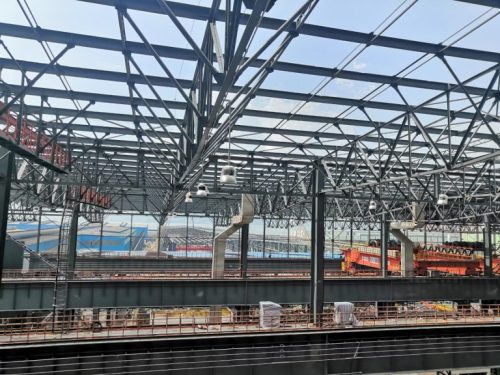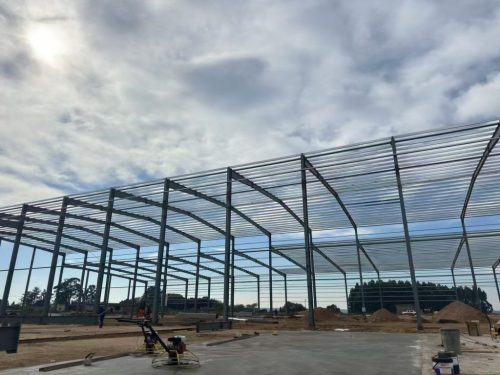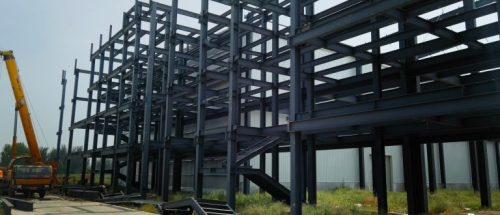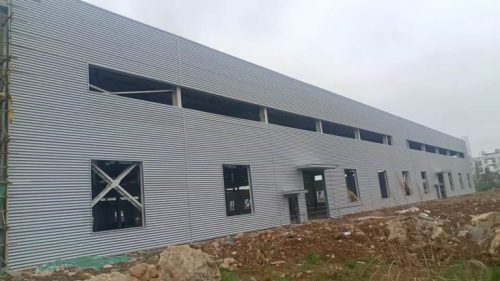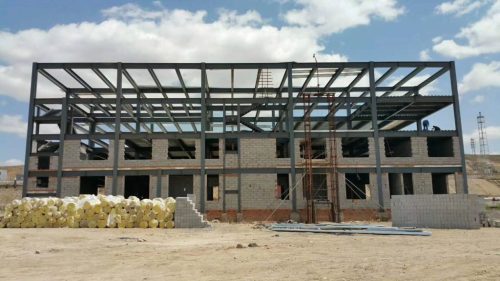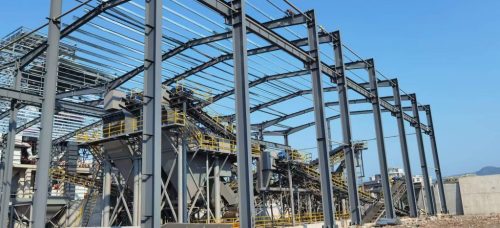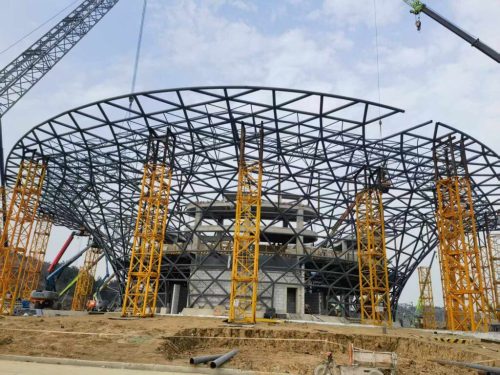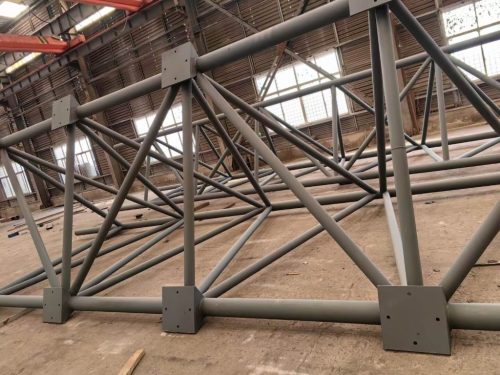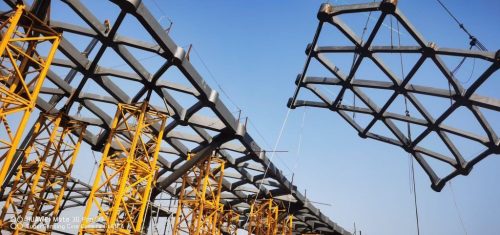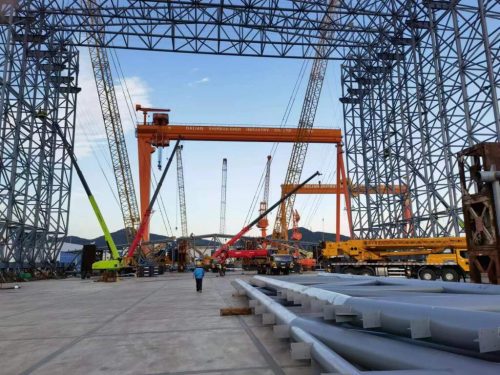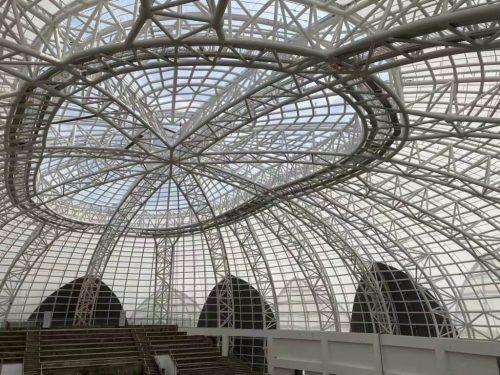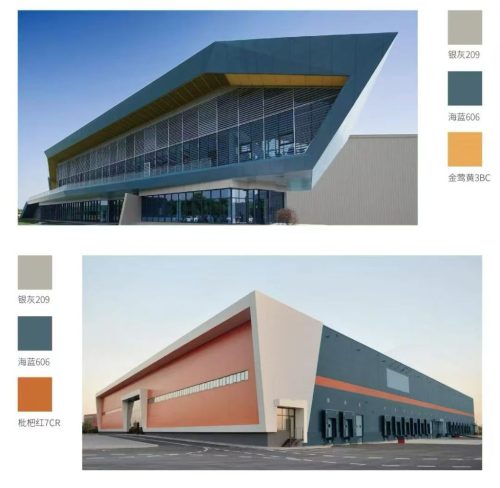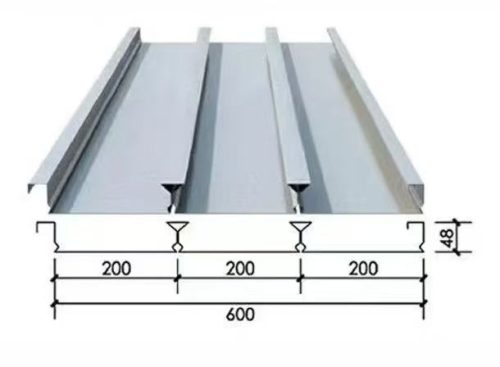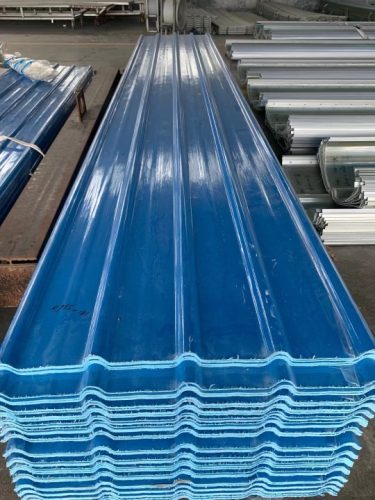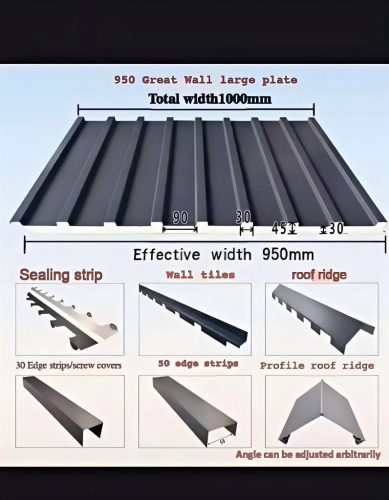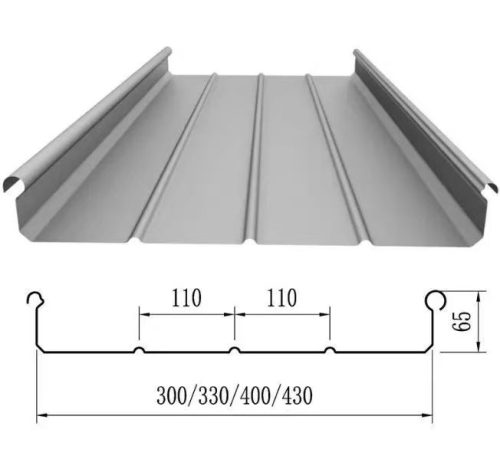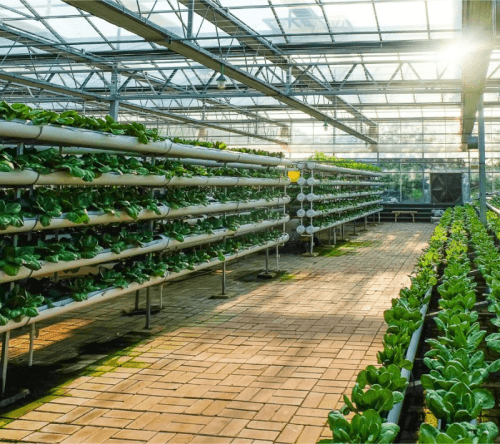Application of Steel Space Frame Structure in Agricultural Greenhouses
The world is experiencing an increasing demand for food production due to population growth, changing climate conditions, and the need for more sustainable farming practices. Agricultural greenhouses are one of the most effective solutions for enhancing crop production by creating controlled environments. However, the design and construction of these greenhouses must balance structural integrity, light transmittance, and resilience to environmental stresses like wind and snow.
In recent years, steel space frame structures have become an ideal choice for agricultural greenhouses due to their numerous benefits. Steel space frames combine lightweight construction, excellent load-bearing capacity, and adaptability to various environmental factors. In this article, we will explore how steel space frames enhance the performance of agricultural greenhouses and the advantages they bring to modern farming practices.
1. Advantages of Steel Space Frames in Agricultural Greenhouses
a. Lightweight Construction for Efficient Transportation and Assembly
One of the key advantages of steel space frames is their lightweight nature. Steel is inherently strong but can be designed in a way that minimizes material usage while still providing excellent load-bearing capacity. This lightweight feature makes the space frame easy to transport and assemble, which is particularly useful for large agricultural greenhouses that require rapid installation.
Compared to traditional building materials like concrete or masonry, steel frames reduce the amount of labor and time needed for assembly. The modularity of steel space frames further enhances this, as pre-fabricated components can be quickly delivered to the site and assembled without the need for specialized equipment.
b. Light Transmittance for Optimal Plant Growth
In agricultural greenhouses, the amount of natural light that enters the structure is crucial for photosynthesis and the overall growth of plants. The design of steel space frames allows for large clear spans (open, column-free areas), which makes it easier to install transparent covering materials, such as glass or polycarbonate sheets.
Steel space frames provide the optimal support for these materials, ensuring that there are no obstructions that would reduce light transmission. Since the frame itself doesn’t block the sunlight, plants receive maximum exposure to natural light, which helps in improving growth rates and the quality of crops.
Moreover, steel is a non-corrosive material when properly treated, allowing it to maintain structural integrity over time without negatively affecting light transmittance. This feature is particularly important for greenhouse applications, where the clarity of the covering materials is essential for efficient photosynthesis.
c. Wind and Snow Resistance
Agricultural greenhouses are often exposed to extreme weather conditions, including strong winds, heavy snowfall, or even hail. One of the major benefits of steel space frames is their resilience to environmental forces like wind and snow.
The geometric pattern of steel space frames is particularly effective at distributing loads evenly throughout the structure, preventing localized stress points that could lead to structural failure. This feature makes steel space frames well-suited for greenhouses in areas with harsh weather conditions, where wind loads and snow loads are major concerns.
Steel’s high tensile strength allows the space frame to support significant weight without bending or breaking, making it resistant to snow accumulation on the roof. Additionally, the frame’s ability to withstand wind forces ensures that the greenhouse remains intact even during storms, reducing the risk of damage or collapse.
d. Durability and Long-Term Cost-Effectiveness
Steel is a durable and long-lasting material that can withstand environmental stresses for decades. Unlike other building materials such as wood or plastic, steel does not rot, warp, or degrade over time. Steel space frames are resistant to pests, mold, and decay, which are common concerns in agricultural environments.
The durability of steel frames reduces the need for frequent maintenance or repairs, making it a cost-effective solution in the long run. Additionally, the recyclability of steel means that, at the end of the greenhouse’s lifecycle, the materials can be repurposed or recycled, contributing to the sustainability of agricultural operations.
e. Flexibility in Design and Expansion
Agricultural needs are dynamic, and the flexibility of steel space frames allows for easy expansion or modification of greenhouse structures. As crop production needs grow or change, the greenhouse can be extended or reconfigured without major structural overhauls. Steel space frames can be designed with modular components, allowing for incremental expansion to accommodate new crop varieties, different growing techniques, or changes in space requirements.
This adaptability ensures that agricultural operations can grow and evolve without the need for completely rebuilding the structure.
2. Types of Agricultural Greenhouses Using Steel Space Frames
Steel space frames are versatile and can be used for various types of agricultural greenhouses, depending on the needs of the farmer and the climate in which the greenhouse is located:
a. Commercial Greenhouses
Large-scale commercial greenhouses that grow high-value crops such as tomatoes, peppers, and flowers can benefit from steel space frames. These greenhouses require spacious interiors with high structural integrity to support both the plant cultivation process and the equipment used in irrigation, ventilation, and climate control. Steel space frames offer the strength and flexibility needed for large commercial operations.
b. Research and Development Greenhouses
Research facilities often require greenhouses that offer precise control over environmental factors such as light, temperature, and humidity. Steel space frames are ideal for creating high-tech greenhouse environments that are easily modifiable for experiments or new cultivation techniques. The large spans provided by space frames allow for equipment like automated irrigation systems or climate control units to be integrated seamlessly into the structure.
c. Polyhouse Greenhouses
Polyhouses, or greenhouses covered with polyethylene sheets, are widely used for growing vegetables and flowers in various climates. The lightweight nature of steel space frames makes them an excellent choice for polyhouse construction. The frame can support the flexible plastic covers, ensuring the structure can withstand external forces while still providing optimal growing conditions.
d. Vertical Farming Greenhouses
As urban agriculture gains popularity, vertical farming in greenhouses is becoming more common. Steel space frames can support multi-tiered structures, where crops are grown on stacked layers inside the greenhouse. The use of space frames allows for maximum utilization of space, providing a stable and secure structure for vertical farming operations.
3. Environmental and Economic Benefits
The use of steel space frames in agricultural greenhouses offers both environmental and economic benefits:
Reduced Carbon Footprint: Steel’s recyclability and long lifespan contribute to a reduced environmental impact compared to other building materials. Additionally, the energy efficiency of greenhouses built with steel space frames helps optimize energy use for heating, cooling, and lighting.
Reduced Operational Costs: Steel space frames require less maintenance than traditional structures, which leads to lower operational costs over time. Their durability and resilience mean fewer repairs, and their energy-efficient design helps reduce energy bills, especially when combined with advanced greenhouse technologies.
4. Conclusion
The application of steel space frame structures in agricultural greenhouses has transformed the way modern farming operates. With benefits such as lightweight construction, optimal light transmittance, and resilience to harsh weather conditions, steel space frames offer a sustainable and cost-effective solution for farmers worldwide.
The durability, adaptability, and strength of steel space frames make them an ideal choice for various greenhouse applications, from commercial farming to research and development. By embracing steel space frame technology, agricultural operations can achieve greater efficiency, sustainability, and productivity, ultimately contributing to the global effort to meet the growing demand for food.



